Monday, 13 June 2005
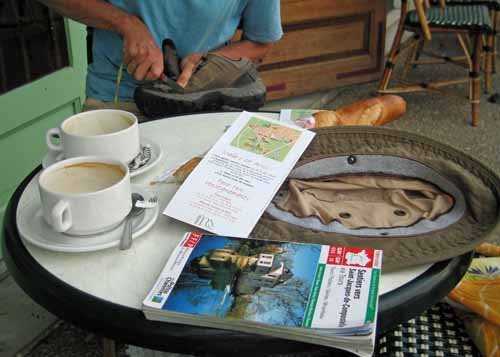
This was a rest day for my feet. It was all I could do, even in sandals, to walk, with my throbbing, infected broken blisters. I started to think I might lose a leg. We lay in bed late, then hobbled into town for coffee, which we took at the cafe opposite the hotel.
We sat in the sun on the footpath and I attacked my hated walking shoes with a Swiss army knife in an effort to shave off the hard rubber coating around the sides that seemed to be causing the blisters. The backs of my heels and the fronts of my toes were perfectly all right. The pavement under our table was soon littered with black shavings.
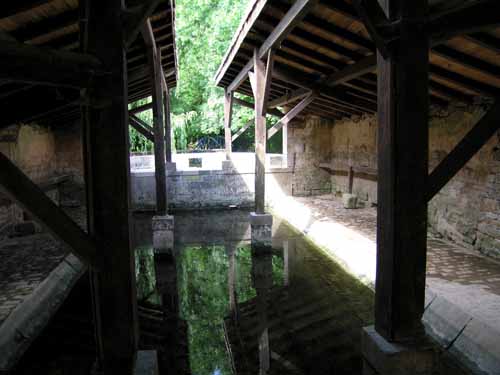
We limped our way around a botanical circuit planted with labelled species, and found another lavoir before retreating to the camping ground for lunch.
Four British cyclists had set up their tents next to us but they went off to town and we did not see them again. A sleep was called for and then we visited the thing for which Melle is most famous – the silver mines of the Frankish kings.
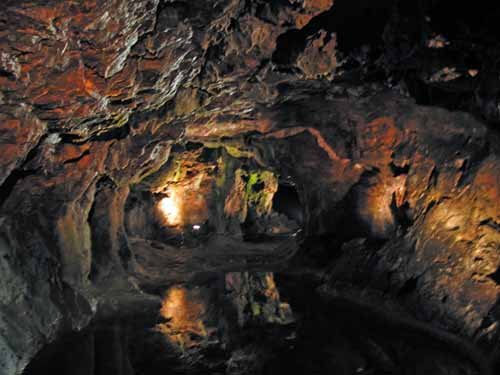
For 500 years, from the fifth to the tenth century, Melle’s deposits of lead and silver were the foremost in the kingdom. This was the period following the collapse of the Roman empire and the loss of the southern European mines to the Moors. Indeed, the name Melle was originally “Metallum”.
It was the lead that was more valuable at first, for roofing, plumbing, dishes, and even the joints of stained-glass windows. Later the silver was used for minting money. It all came to an end when there was no more wood for smelting, the surrounding forests having been exhausted.
Nine centuries later, when all memory of the mines had been lost, some workmen digging an embankment for the railway came across the abandoned tunnels.
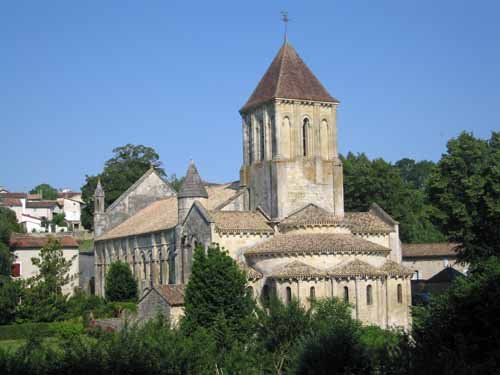
We went on a little tour inside one of the tunnels and saw how the miners used to make a fire to crack the rock of the roof before knocking it down (they had to wait five days before they could go in after a fire, because of lack of oxygen).
We even stamped out our own coin. There was also a Carolingian garden containing plants used for clothing, dyeing and medicine.
Our last visit was to Saint-Hilaire, the grandest of Melle’s churches, which was overwhelmingly majestic and beautiful.
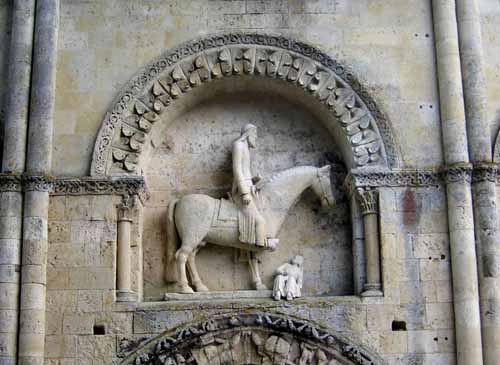
It was a pity that I could hardly walk by then. We managed to struggle back to town, I leaning on Keith’s shoulder, and had a pain-killing drink at the café. For dinner we ate indoors at the pizzeria in a run-down but picturesque alley.
Once back at the camping ground, the game of boules – possibly the same one – lulled us to sleep again.
Previous day: St-Sauvant to Melle